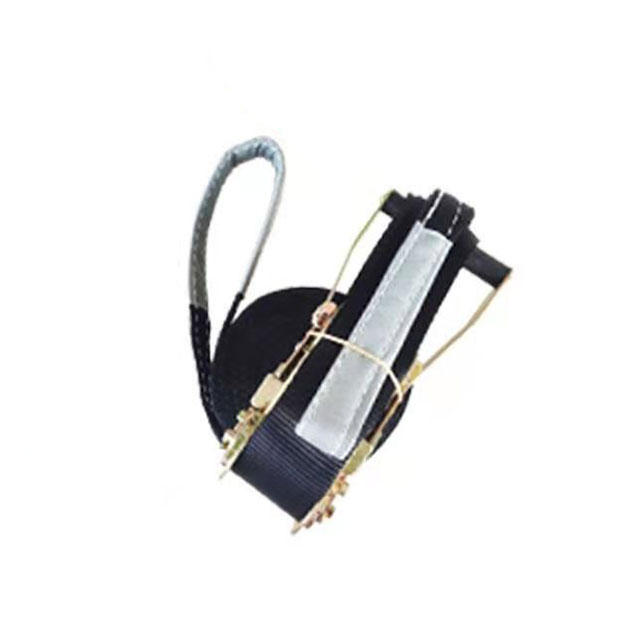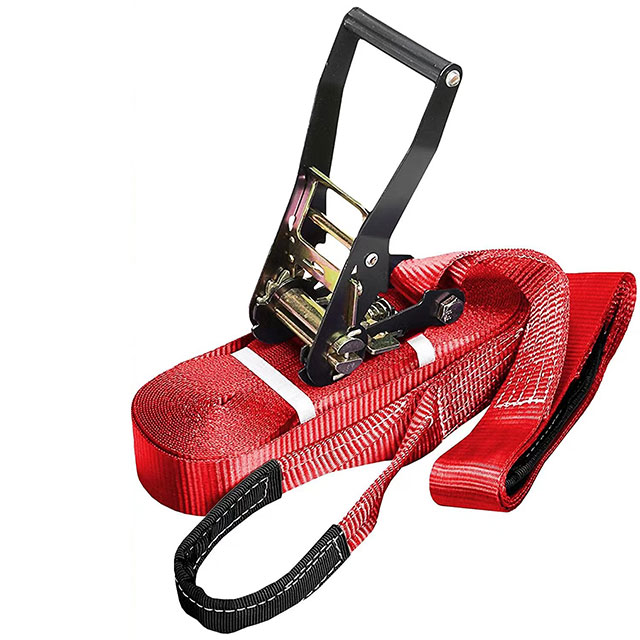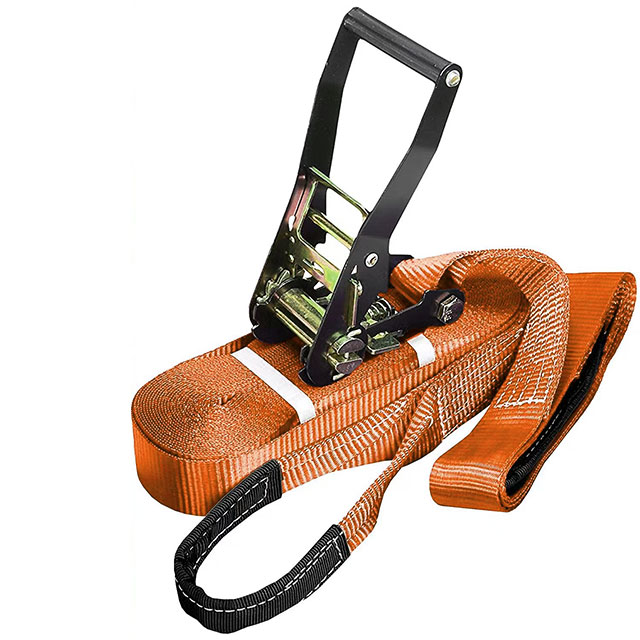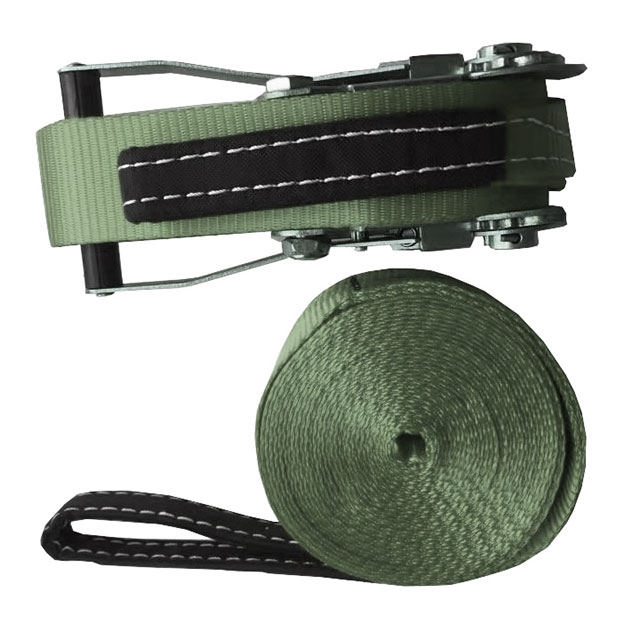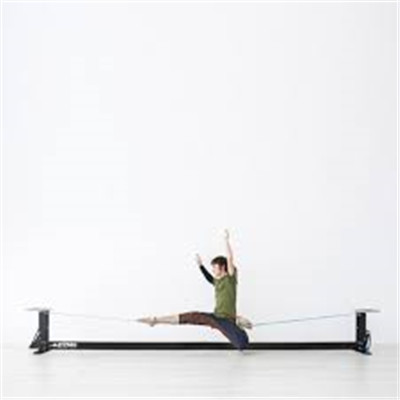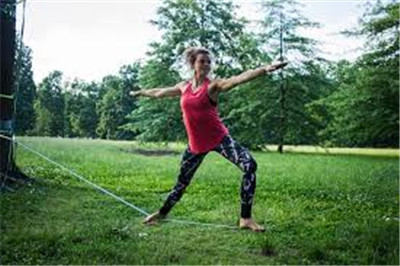Fields of application for Indoor Slackline
Fields of application for Indoor Slackline
The use of an indoor slackline is a great way to improve your balance and coordination. It can also be used as a form of exercise, providing a full-body workout.
Here are some tips on how to get the most out of your indoor slackline experience:
1. Choose the right slackline
There are many different types and brands of slacklines on the market, so it is important to choose one that is suited for your needs. If you are new to slacklining, it is recommended that you purchase a beginner-friendly slackline kit. These kits usually come with everything you need to get started, including a training line and instructions.
2. Set up your slackline properly
Before you start using your slackline, it is important to set it up correctly. Follow the instructions that come with your slackline kit or consult with an expert if you are unsure. Generally speaking, you will need to anchor the ends of the line to solid objects (trees, posts, etc.), making sure that there is enough tension in the line.
3. Find the right spot
Once you have your slackline, you need to find a spot to set it up. Indoors, we recommend finding a doorway or another opening that you can use as an anchor point. If you're using a doorframe, make sure there's nothing behind the door that could be damaged if the door is opened while the slackline is tensioned.
The first thing you need to do is find a good place to set up your slackline. Look for a doorframe, staircase, or any other sturdy object that you can use as an anchor point. Once you've found a good spot, make sure that there's enough clearance around the area so that you don't accidentally hit anything (or anyone) while you're practicing.
Next, you'll need to attach the slackline to the anchor points. If you're using a doorframe, you can simply wrap the slackline around the frame and tie it off. If you're using a staircase, you'll need to tie one end of the slackline to the bottom stair railing and the other end to the top stair railing.
Once your slackline is secured, it's time to start practicing! Start by walking across the line slowly and carefully. As you get more comfortable, you can start trying different tricks and moves. Just be sure to stay safe and always practice with someone else nearby in case you fall.
Buying indoor slackline tips
Here are a few tips to help you buy an indoor slackline:
- Look for a slackline that is specifically designed for indoor use. These lines are usually shorter and have softer padding to protect your floors.
- Consider the width of the line. Wider lines are easier to balance on, but take up more space. Narrower lines are more challenging, but can be used in smaller spaces.
- Choose a line with a comfortable grip. You will be holding onto the line with your hands, so make sure it is comfortable to grip.
- Consider the weight limit of the line. Indoor slacklines are not designed to support as much weight as outdoor lines, so make sure the line you choose can support your weight.
The indoor slackline is a great way to improve your balance and have fun at the same time. Here are a few tips to help you buy the right indoor slackline for you:
1. Choose the right length: The length of the indoor slackline should be based on the size of the room you're using it in. If you're using it in a small room, then a shorter slackline is better. If you're using it in a large room, then a longer slackline is better.
2. Choose the right width: The width of the indoor slackline should be based on your personal preference. A wider slackline is easier to balance on, but a narrower slackline is more challenging.
3. Choose the right material: The material of the indoor slackline should be based on your personal preference and the type of flooring you have in your home. Carpeted floors are best for softer materials like nylon, while hardwood floors are best for harder materials like polyester.
Work out with indoor slackline
Indoor slackline is an awesome, fun and effective way to get a full-body workout! It's a great way to challenge your coordination and balance, while also building strength in your core, legs, arms, shoulders, and back. With some practice and patience, you can master the basics of slacklining in no time. So why not give it a try? All you need is an indoor slackline setup and a bit of determination - you'll be enjoying the benefits of this unique form of exercise before you know it!
indoor slackline is a fun and challenging way to get your body moving. It's also a great way to improve your balance, coordination, and core strength. With just a few simple steps, you can set up an indoor slackline in the comfort of your own home and start working out!
A new way of entertainment indoor slackline
Introducing a new way of entertainment: indoor slackline! This low-impact activity is perfect for those who are looking for a fun, challenging way to stay active indoors. With the help of special slackline kits, you can set up your own indoor slackline in just minutes and start having a blast. Whether you're looking to practice your balance, build strength, or just have some good old-fashioned fun, indoor slackline is the perfect activity for you. So gather your friends and family, get ready to have some serious fun, and give indoor slackline a try today!
Benefits of slack line
The slack line is a great way to stay active and build strength. It offers many benefits, such as increased balance, core stability, and coordination. It also helps to strengthen your legs, glutes, and back muscles. Additionally, the slack line can help improve posture by strengthening your stabilizing muscles. Additionally, using a slack line allows you to have fun while improving your physical fitness!
Tips for using Slackline
1. Always inspect your slackline before use to ensure it is in a good, safe condition.
2. Make sure you have enough space to slackline without any obstacles or obstructions.
3. Take it slow and start with small distances until you are comfortable with the activity.
4. Position your slackline at a height that is comfortable for you and allows you to keep your balance.
5. When walking the line, focus on maintaining control of your body movements and keeping your balance.
6. If you find yourself off balance or feeling uncomfortable, step off of the line and take a break before continuing.
7. Be sure to stay hydrated while slacklining and wear sunscreen if outdoors for prolonged periods of time.
8. Have fun, but remember to practice safety at all times when using the slackline!
About logistic straps
Logistic straps are an important tool for ensuring the safe and secure transportation of goods. They can be used to safely secure items during transit, helping to ensure that valuable cargo arrives undamaged. Logistic straps are easy to use and a great way to protect your cargo from unexpected damage during transportation.









